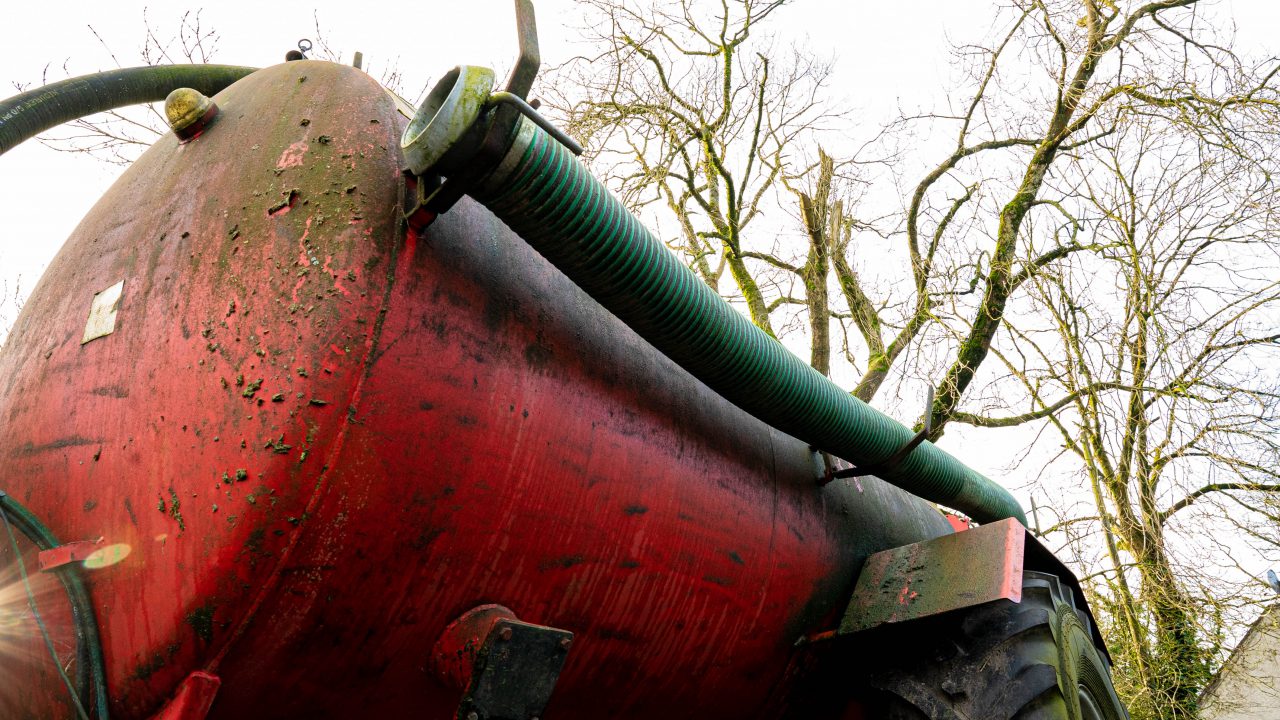The amount of rainfall this spring has put pressure on farmers to get slurry out, and to do so in a way in which they can maximise its nutrient value and avoid it being lost to watercourses.
This is according to the programme manager of the Agricultural Sustainability Support and Advisory Programme (ASSAP), Noel Meehan who issued advice to farmers who are under pressure.
Speaking to Agriland, he said that putting slurry out now is a “high-risk” activity because soils are saturated due to the persisting weather conditions and rainfall.
At the same time, some farmers have to get slurry out because it is creating animal welfare issues in sheds where cattle are housed, according to Meehan who gives the following advice:
- Get enough slurry out to take the pressure off for 10-14 days;
- Target the higher, drier fields;
- Adhere to the buffer zones;
- Avoid fields with drains or watercourses, as well as slopes and fields down to drains or watercourse.
Meehan said that what makes slurry spreading a “high-risk” activity at the moment is that soils are currently at or close to saturation.
The current rainfall will be enough to further saturate soils which will lead to water moving across the surface, and thus washing away slurry and other fertiliser applied, he said.
While Meehan advises farmers to get enough “breathing space” for the moment, he said that an improvement in weather conditions will then allow them to empty their tanks fully.

Well drained soils are saturated, moderately drained soils are either saturated or waterlogged, and all poorly drained soils are waterlogged at the moment, according to Met Éireann.
Over the coming week there will be “little change” as wetter than normal weather will bring no respite. Trafficability will continue to be very poor, the national forecaster said.
In March 2024, 14 weather stations had over 150% of their long-term average (LTA) of rain, with two stations in the east of the country recording over 200% of their LTA.
Advice for farmers whose slurry tanks are full as a result of the prolonged housing of livestock has also been issued recently by the Department of Agriculture, Food and the Marine (DAFM).
